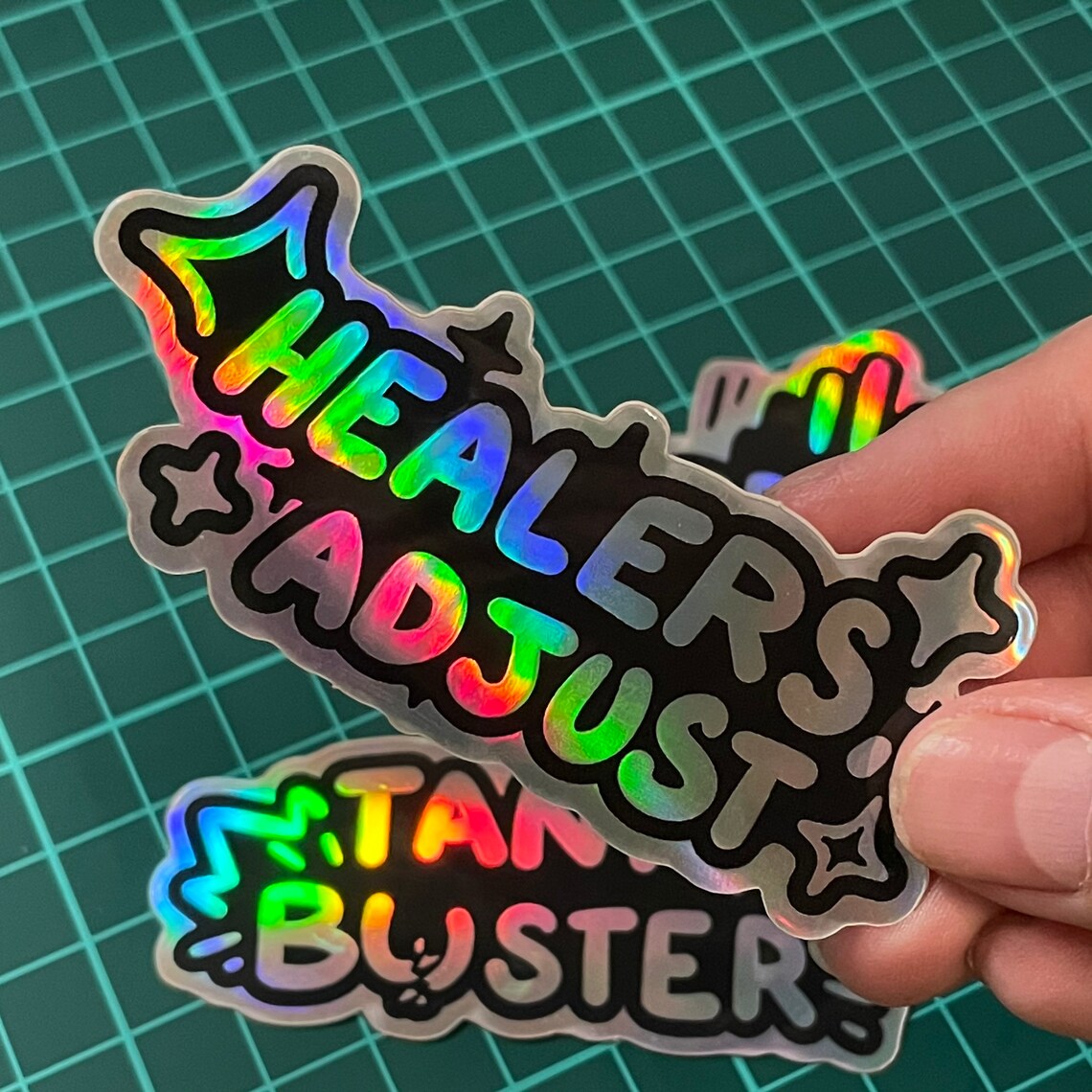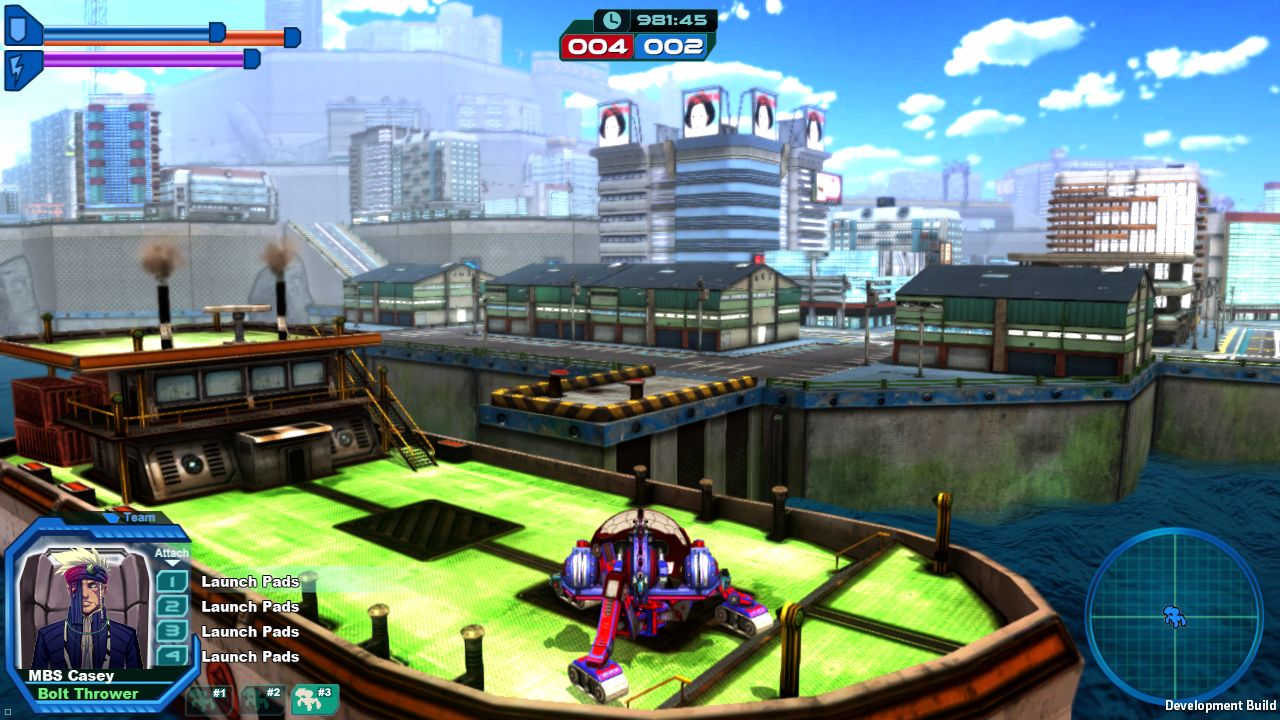

In essence, a DM can ask themselves what targets their boss monster would go after first, which (at least for less intelligent monsters) should be the big screaming guy in your face. While there are very few mechanics in 5e that simulate this sort of idea, but DMs can simulate this by threat assessment. In most MMOs, tanks have abilities that draw the boss's attention towards themself, thereby causing many of their attacks to hit the tank rather than their other party members. Because 5e works on the assumption that creatures can rotate 360 degrees at all times, this one gets a little tricky, but with the right planning it can still work. Overall, Tank Busters are great ways to increase party cohesion in the heat of the moment to make sure things continue to run smoothly.Ī cleave is a non-telegraphed wide-range attack that hits a group of enemies in an area, usually in the shape of a cone or a rectangle next to the boss.

This gives the players a whole round to prepare for the attack, gathering up as many defensive spells and abilities as possible before the final strike.Įven if the attack misses, there could be an argument for some kind of "devastation" where the attack still deals damage, albeit less because it ultimately missed, thereby mitigating the damage with the help of your own buffs to your AC or the party's help. that will go off at the start of the boss's next turn. In D&D, this could be translated as a huge wind-up attack with a ridiculously high to-hit bonus against the party's fighter, barbarian, paladin, etc. As a result, these attacks are usually telegraphed for a few seconds before they execute, allowing the tank and other party members to prepare beforehand or ready their healing spells for after it hits. In traditional MMO lingo, a Tank Buster is a telegraphed attack executed by a boss that is meant to deal a severe amount of damage or a severely debilitating effect to the party's tank. To demonstrate I'll use three examples: tank busters, cleaves, and area of effects (aoes). Where you would normally just run up and smack the boss, now you need to worry about positioning, certain telegraphed attacks, and unique mechanics that can provide higher stakes to your boss fight. So something I've been thinking about recently is the construction of MMO parts versus the traditional party comp of 5e, which has led me down several rabbit holes until I came to an exciting realization: mechanics for boss fights seen in MMOs could serve for very interesting mechanics for D&D boss fights.


 0 kommentar(er)
0 kommentar(er)
